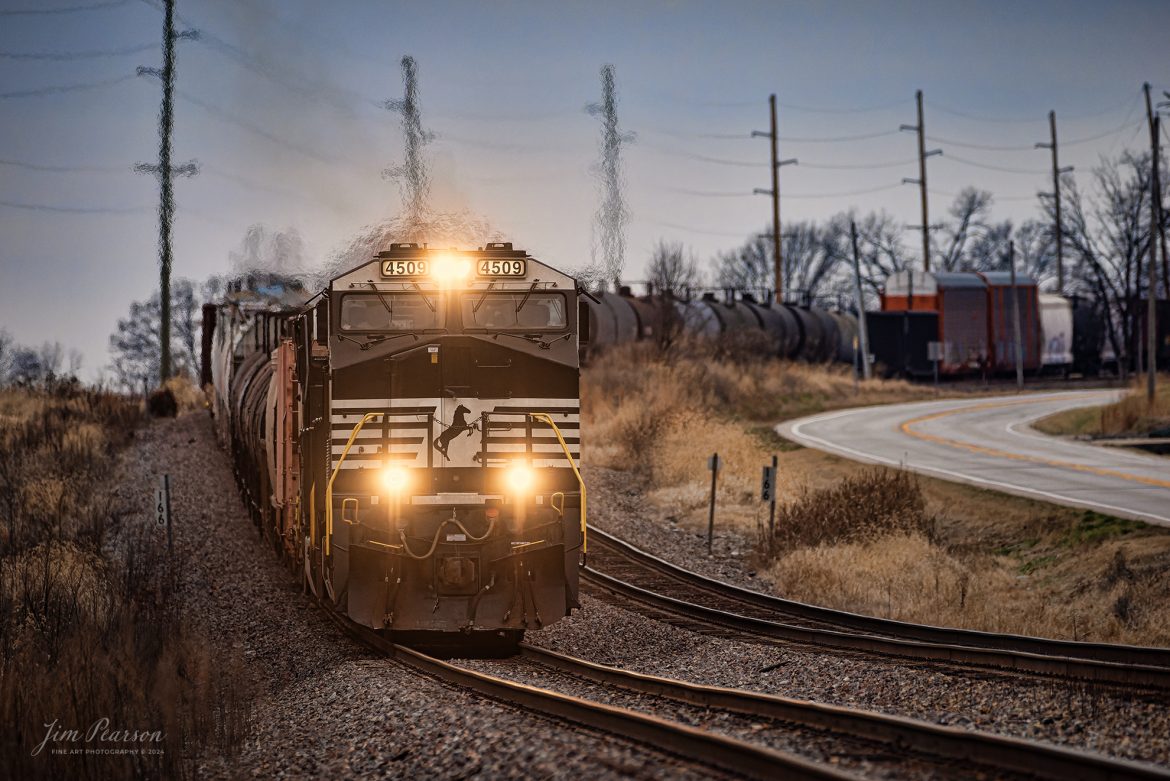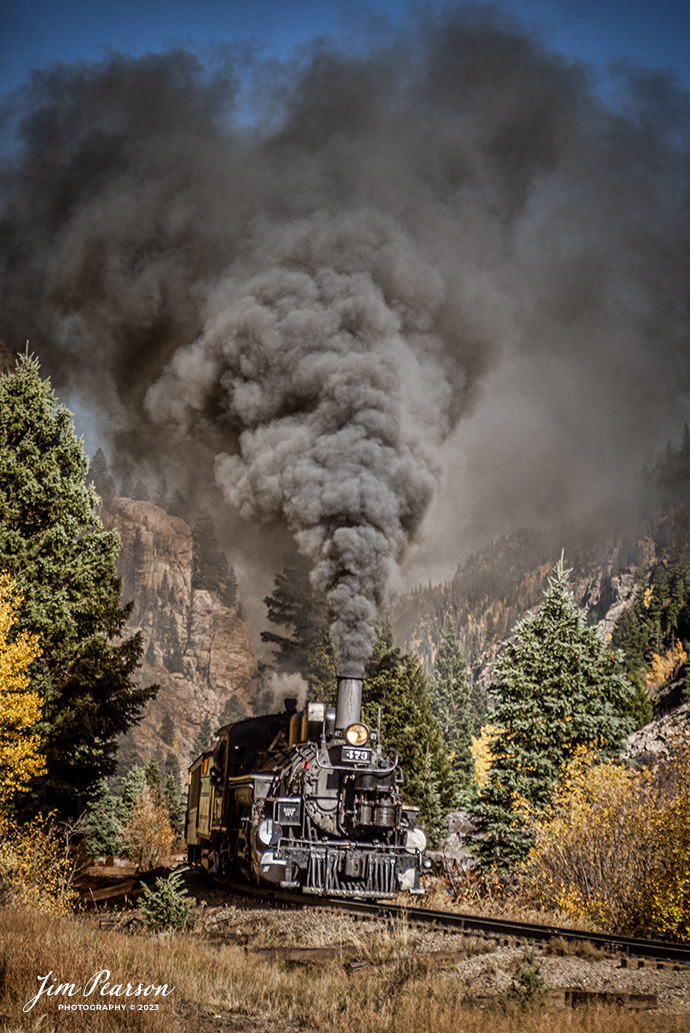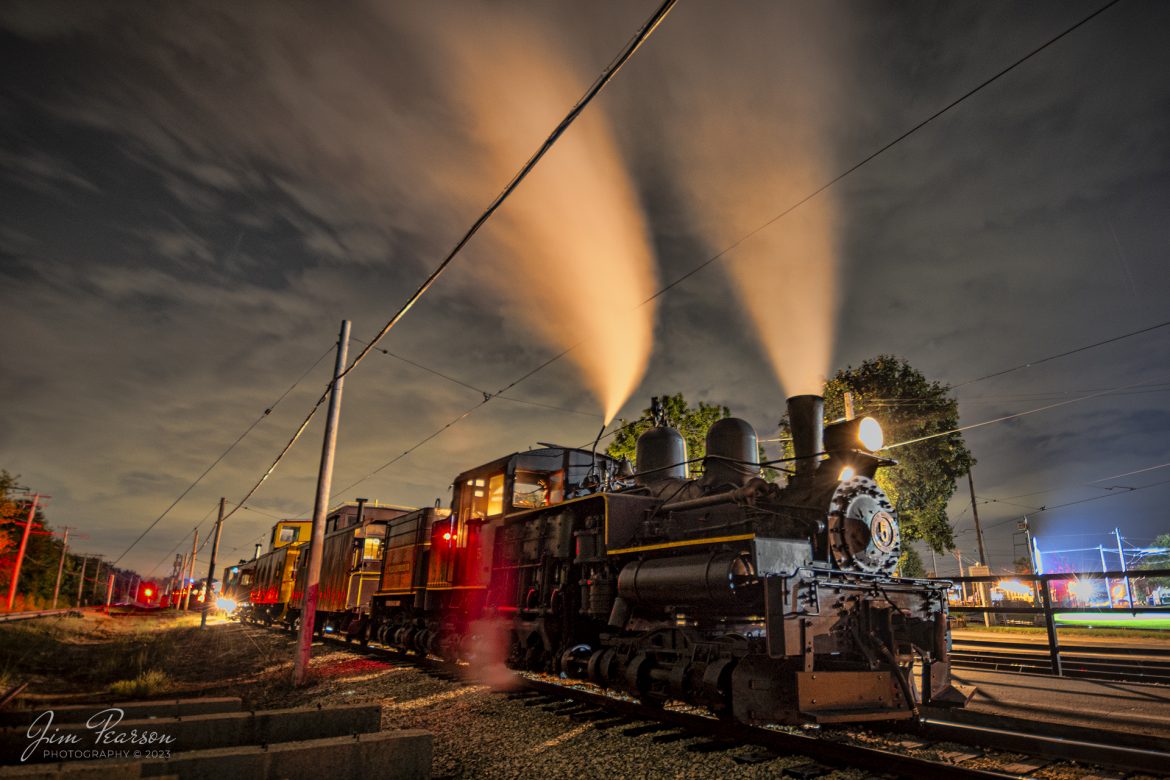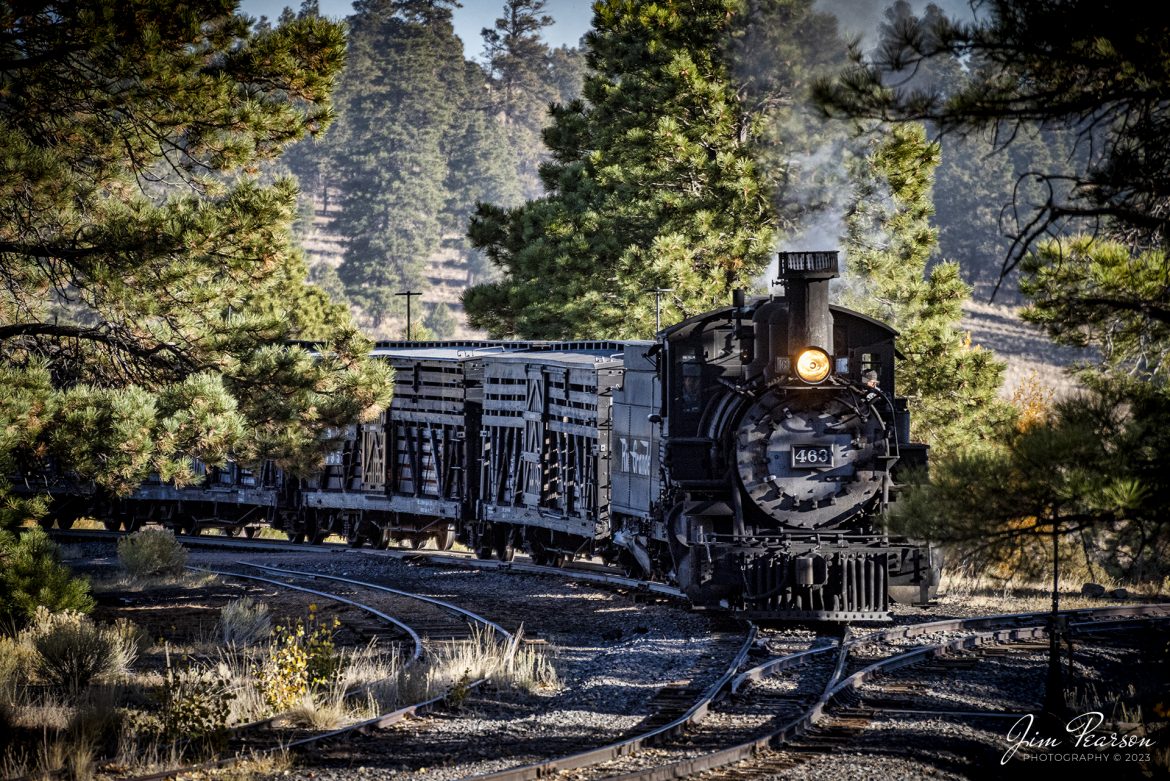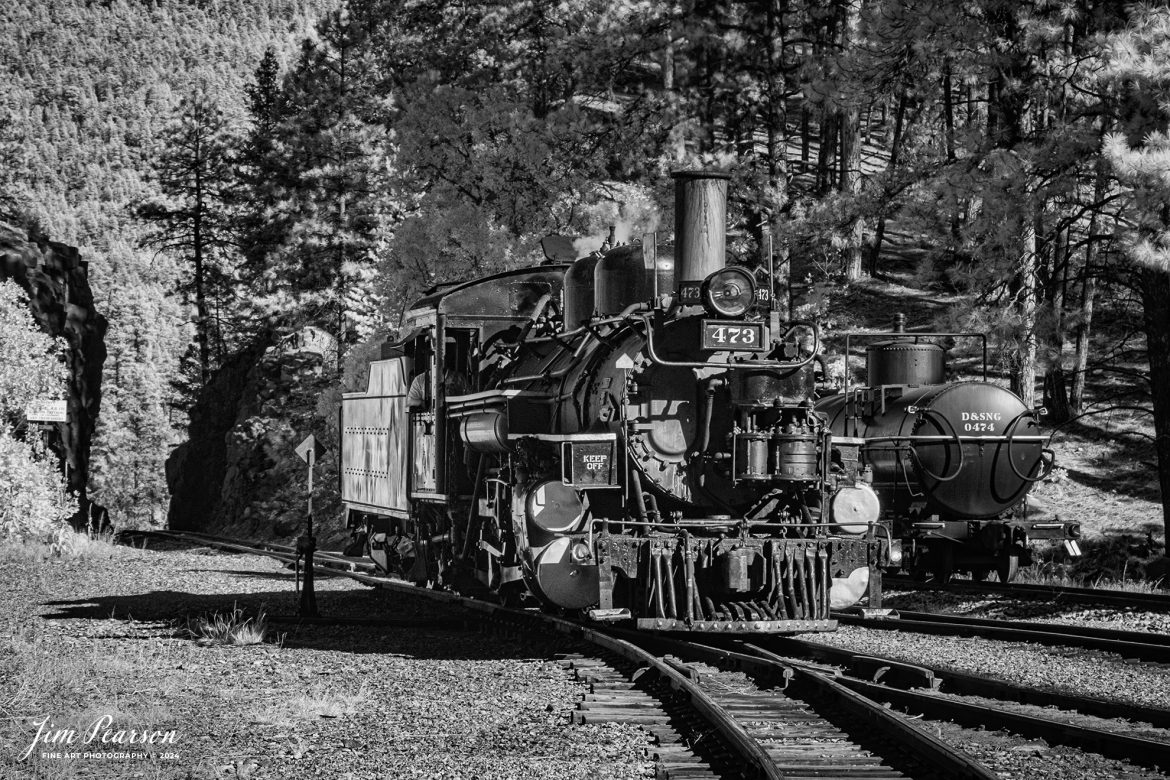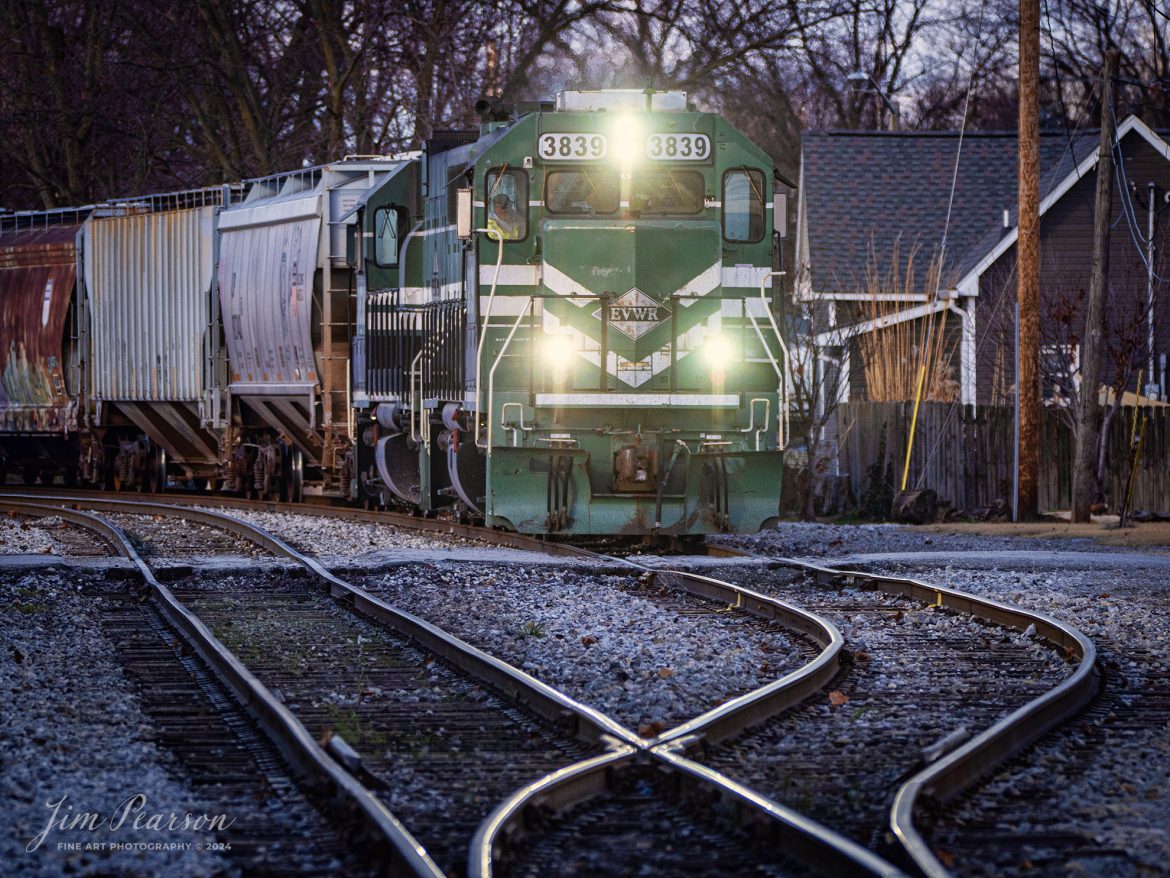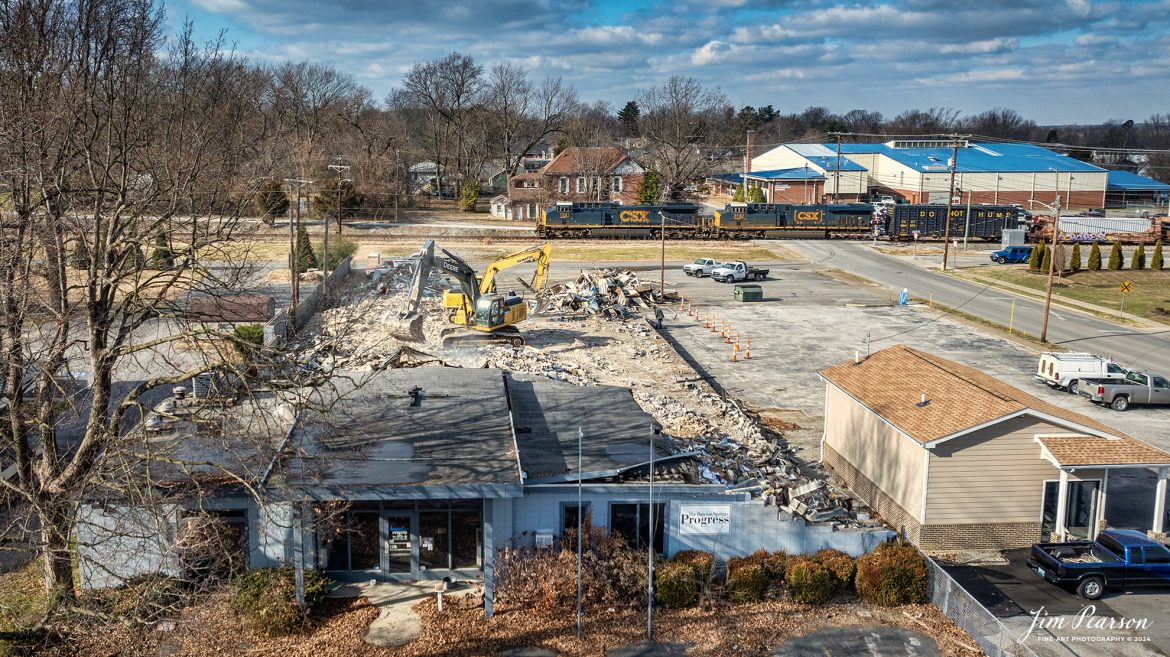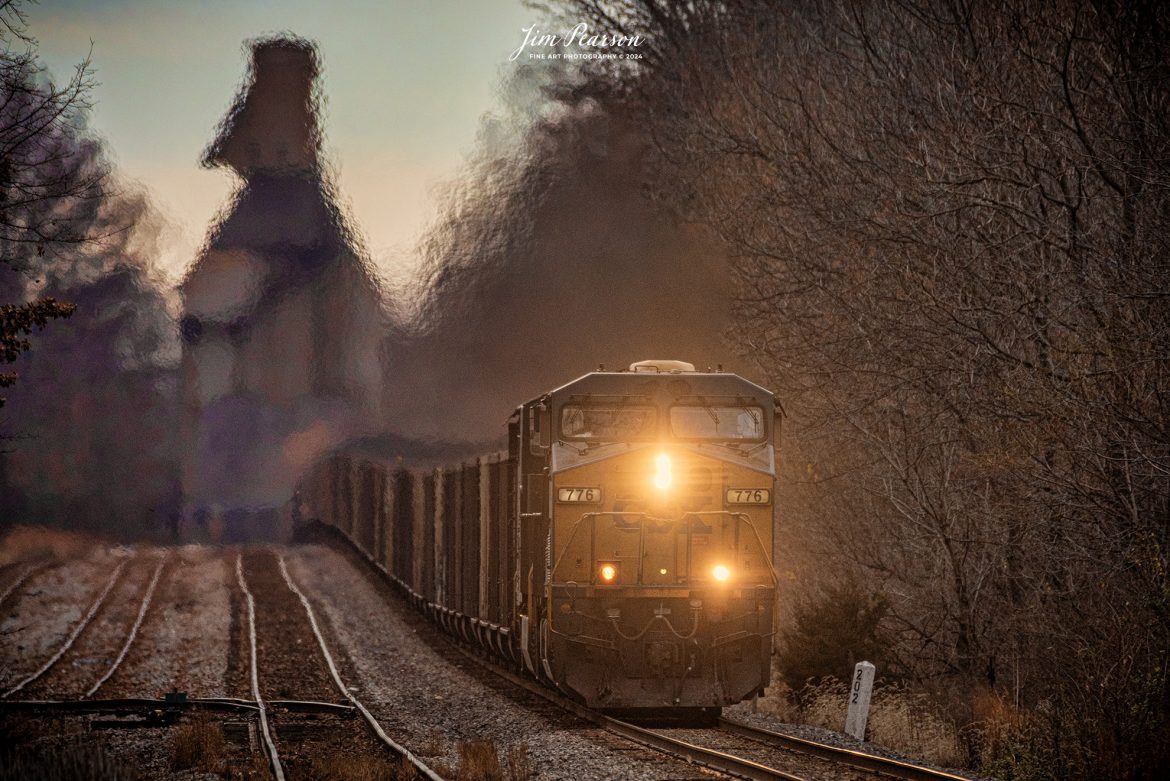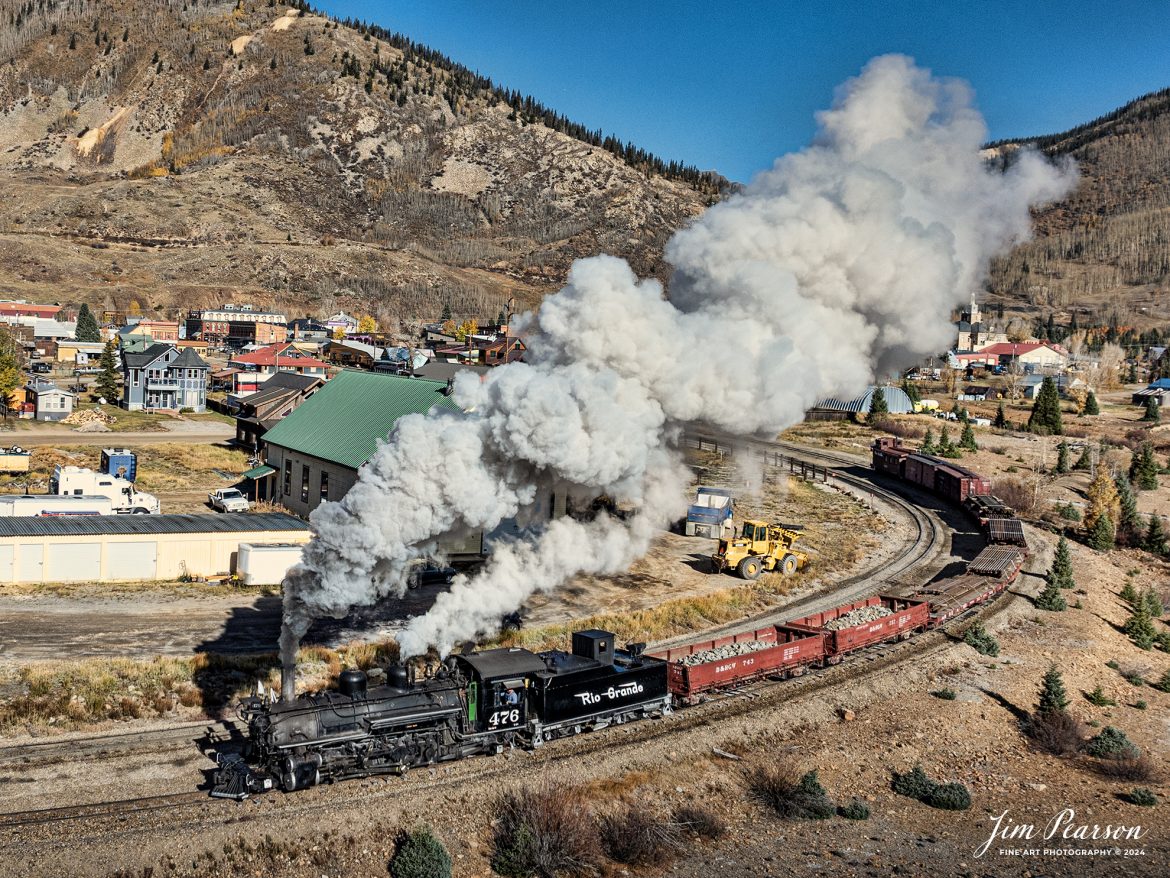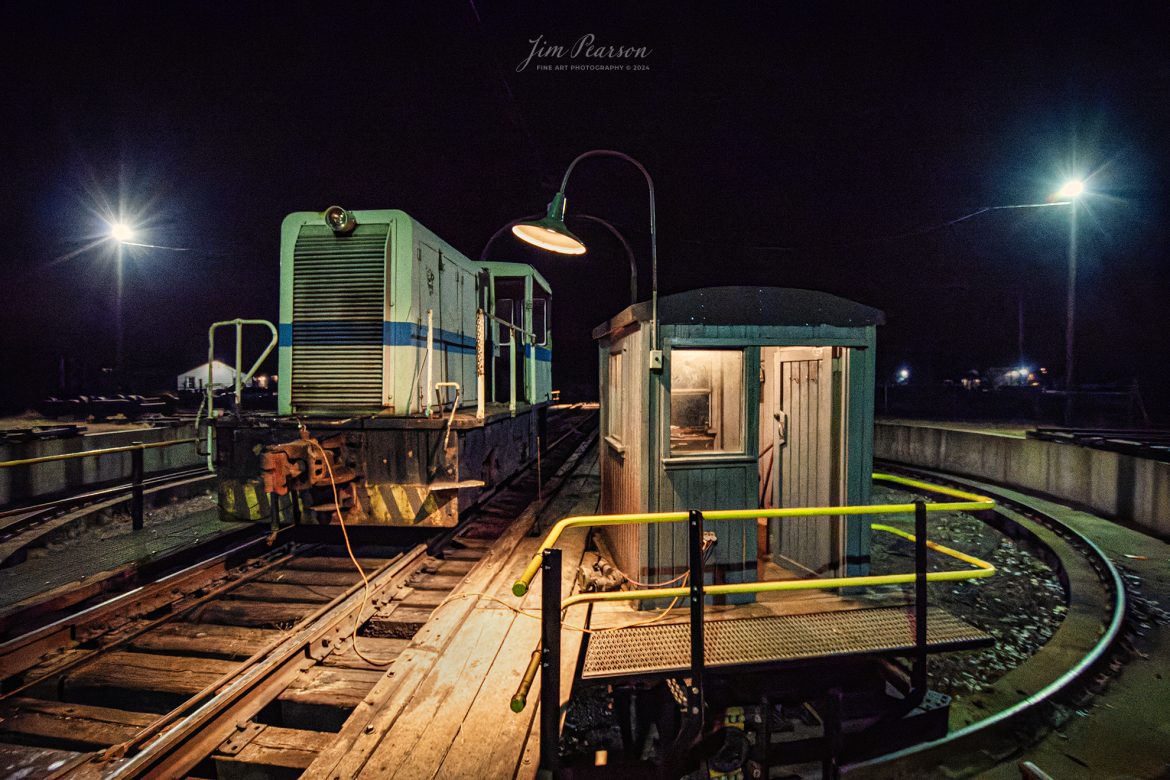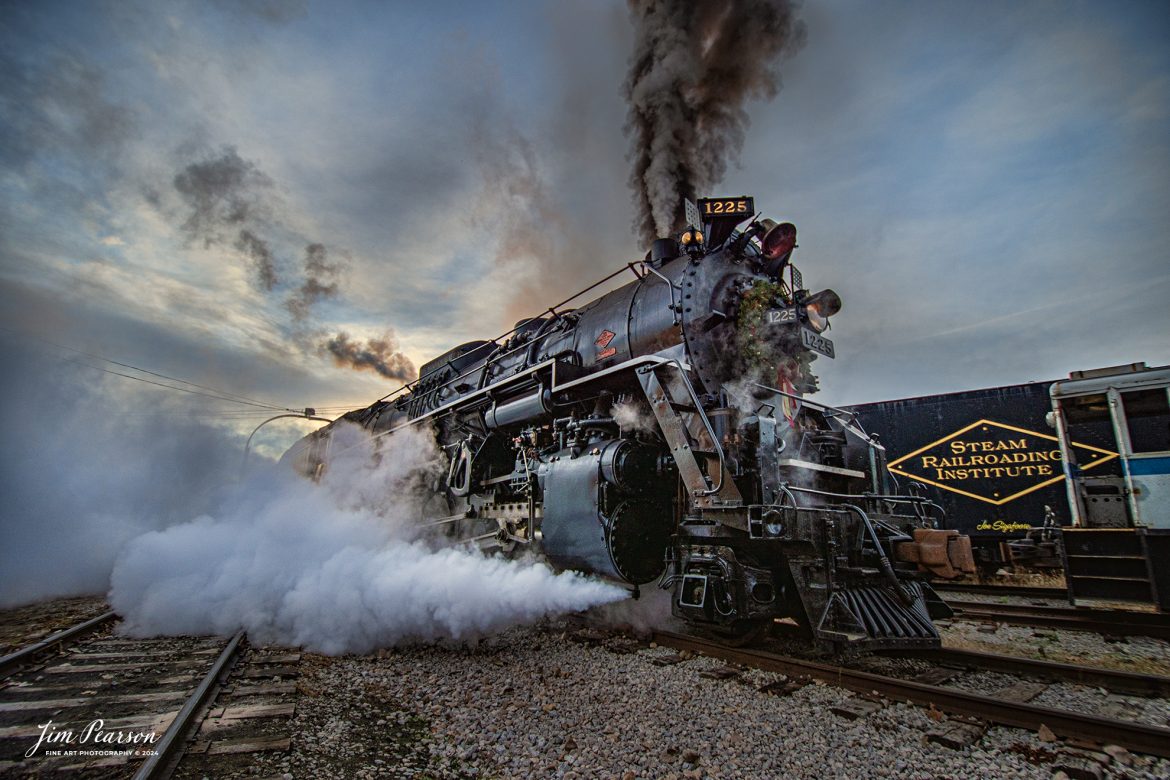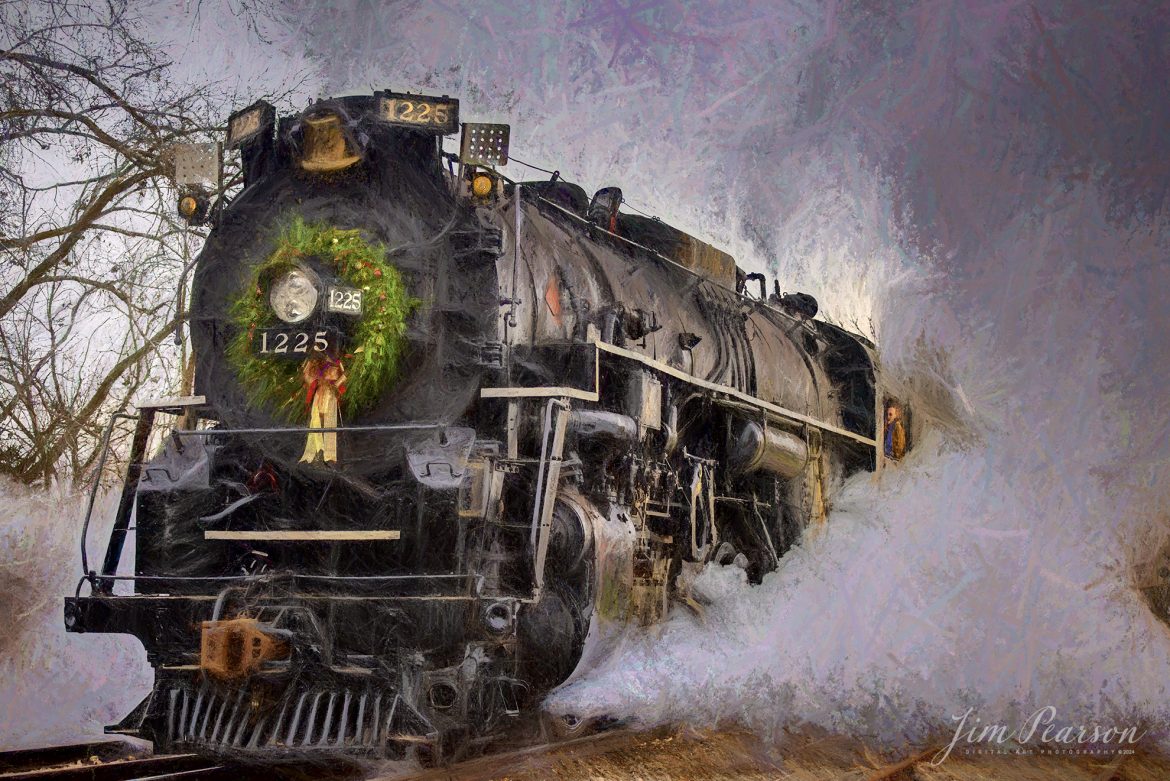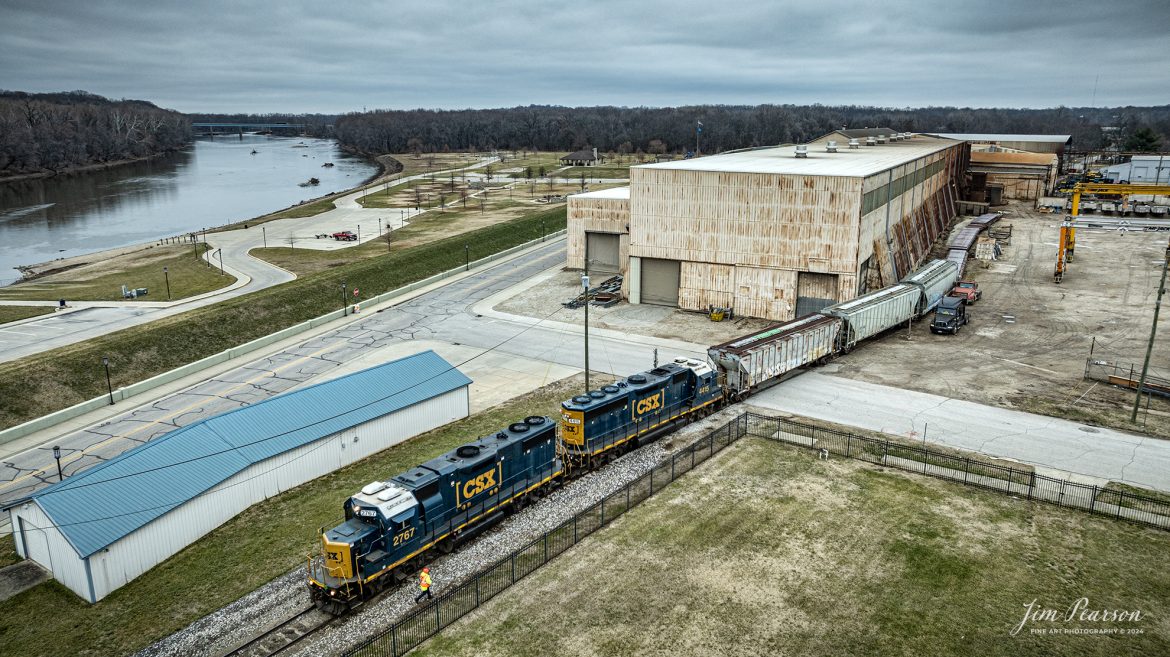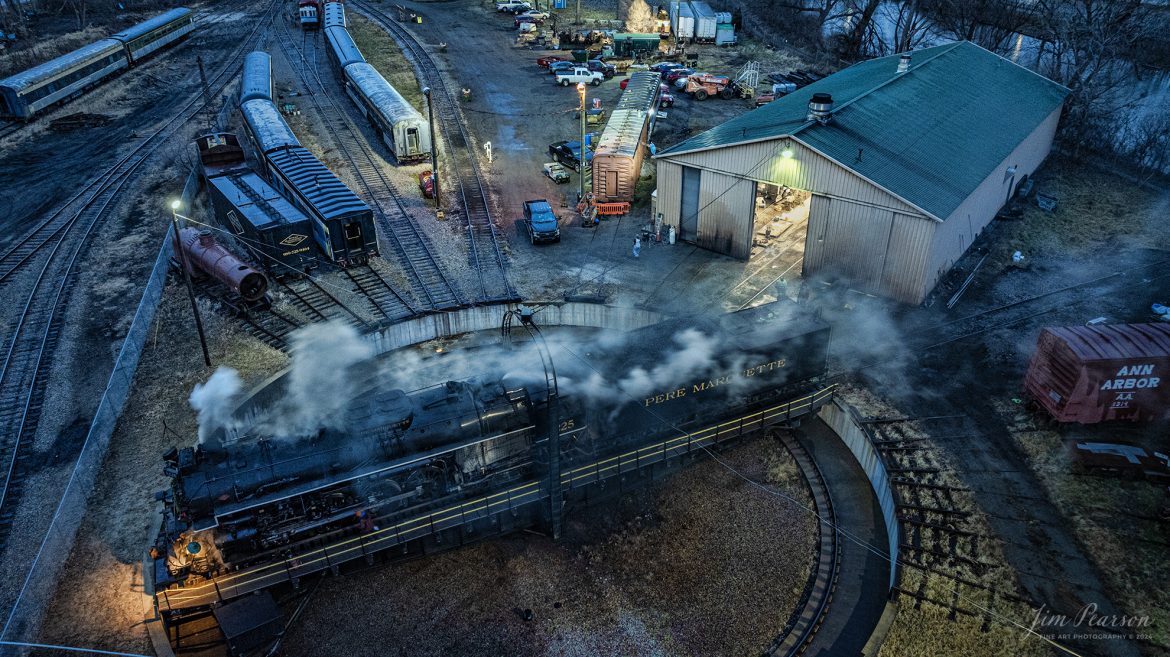On October 17th, 2023, the crew on Denver and Rio Grande Wester 473 rounds a curve with a passenger train during a recent photo charter, between Durango and Silverton, CO, on the Durango and Silverton Railroad.
According to their website: Locomotive 473: The 473 was one of ten K-28 locomotives built by the American Locomotive Works in Schenectady, New York in 1923 for the narrow-gauge D&RGW. All ten engines which were called the Sport Models, were sold to the Rio Grande Railroad. The 473 worked the narrow-gauge rails in Colorado and New Mexico with her sisters 470 through 479. The 473 spent a lot of time on the Silverton line, also working Durango to Alamosa and the Chili line, which ran from Antonito, Colorado to Santa Fe, New Mexico. The 473’s life changed forever in 1941 when the United States was attacked at Pearl Harbor. The U.S. feared a Japanese invasion through Alaska, across the Bering Strait. The U.S. wanted to build a narrow-gauge railroad in Alaska to move troops and supplies into that remote area to defend Canada and the U.S.
Seven of her nine K-28s sisters were taken to Alaska, along with other narrow gauge rolling stock and locomotives, including 470, 471, 472, 474, 475, 477, and 479. After World War II, these seven Rio Grande locomotives were brought back to Seattle, Washington where they met the scrapping torch.
The 473 was delivered from the American Locomotive Company in August 1923 with a medium green boiler jacket, cylinder covers and headlight. She had silver striping and 12” lettering (currently 16” lettering). The cab, dome, frame, and plumbing were black, as was the tender.
Tech Info: Nikon D810, RAW, Sigma 24-70 @ 70mm, f/2.8, 1/4000, ISO 200.
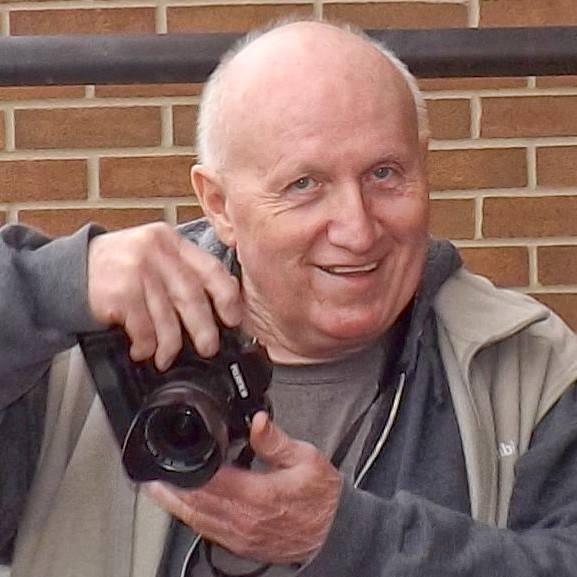
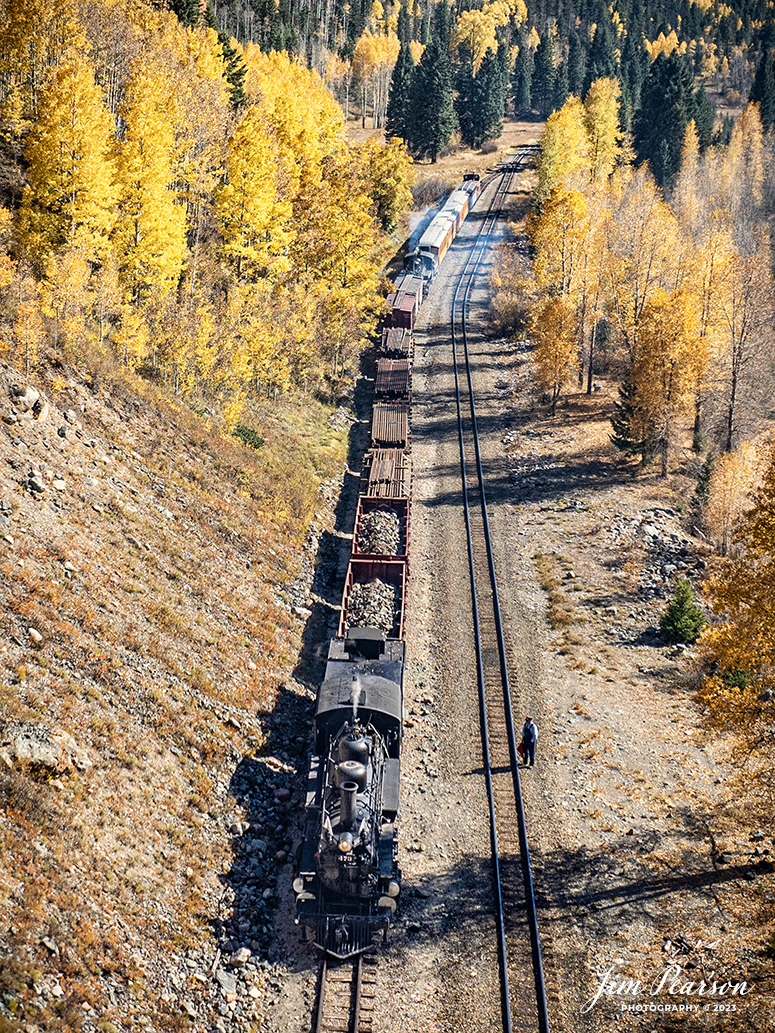
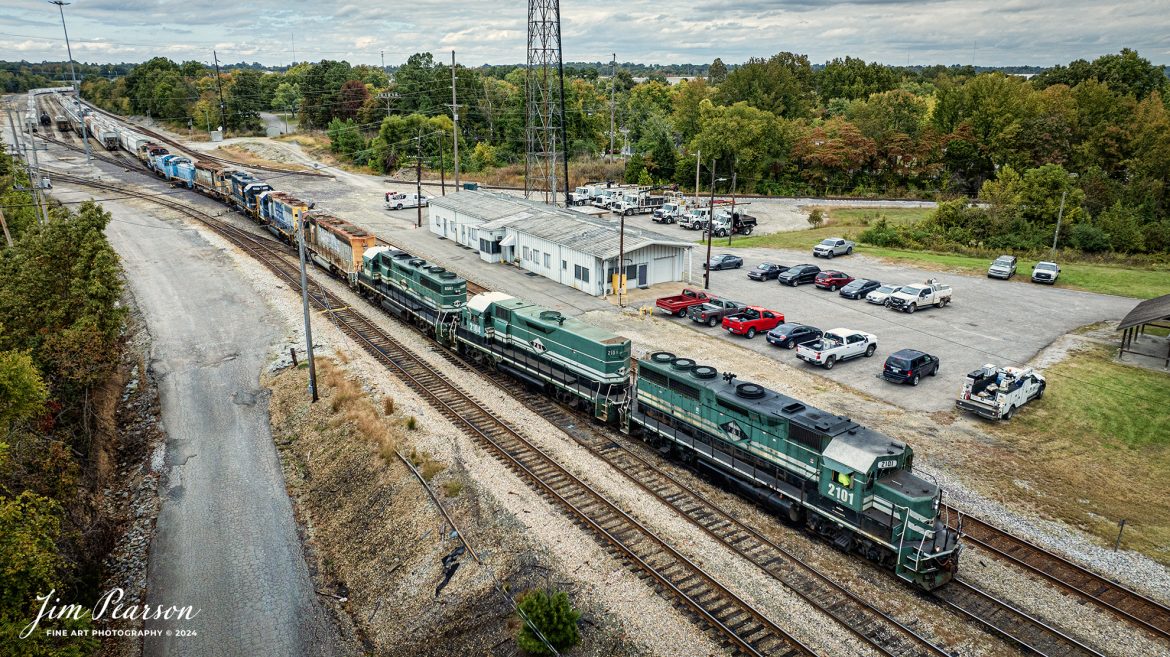
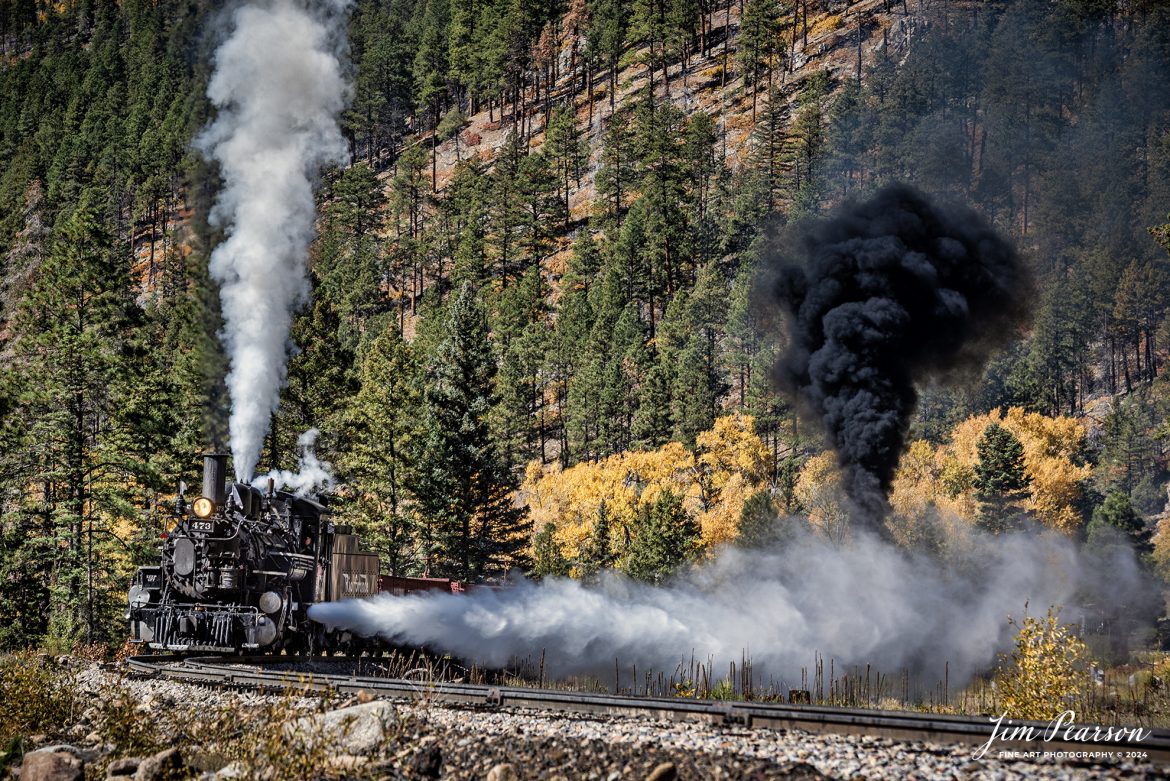
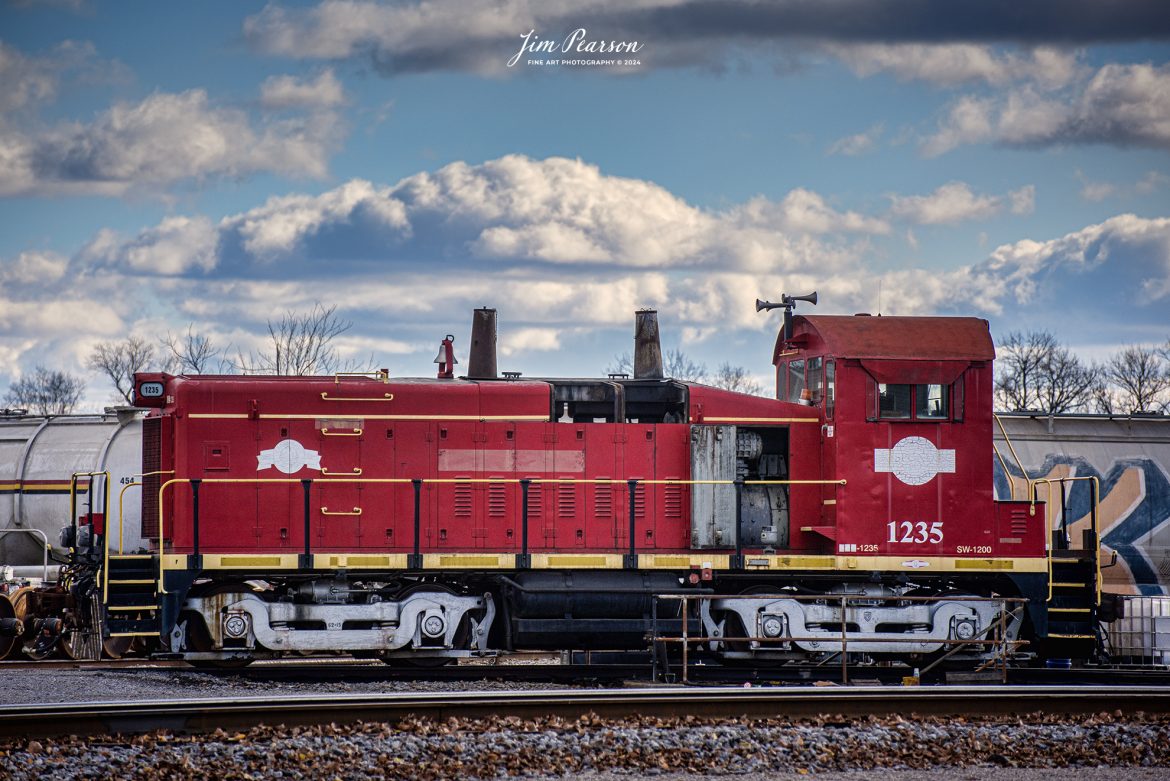
![Denver and Rio Grande Western 493 rounds a curve with a passenger train at milepost 472, approaching Tacoma, Colorado on the Durango and Silverton Narrow Gauge Railroad, on October 16th, 2023.
According to Wikipedia: On May 4, 2016, the D&SNG, in cooperation with the Colorado Railroad Museum, transported locomotive #493 to Durango after resting in Silverton for almost 20 years with the plan of having the museum transport it to Golden, Colorado and have it restored as well. However, after plans with the museum fell through, the D&SNG decided to undertake the restoration of #493 themselves.
In the restoration process of #493 however, the locomotive was converted to oil-burning, making it the very first former D&RGW 2-8-2 to be converted to oil-burning instead of coal-burning, the next one being K-28 class #473.[7] On January 24, 2020, #493 moved under its own power for the first time in over 50 years, making it the first D&RGW K-37 class since #497 to run on the D&SNG. #493 then ran its first revenue run on the D&SNG on February 14, 2020.
Tech Info: Nikon D810, RAW, Nikon 70-300 @ 240mm, f/5.6, 1/1000, ISO 400.
#railroad #railroads #train #trains #bestphoto #railroadengines #picturesoftrains #picturesofrailway #bestphotograph #photographyoftrains #trainphotography #JimPearsonPhotography #durangoandsilvertonrailroad](http://www.jimpearsonphotography.com/wp-content/uploads/2024/01/WEB-10.16.23-DSNGRR-493-MP-472-south-of-Tacoma-Colorado-1170x781.jpg)
